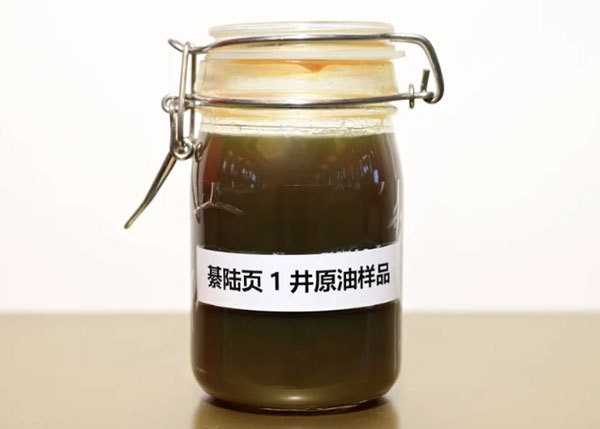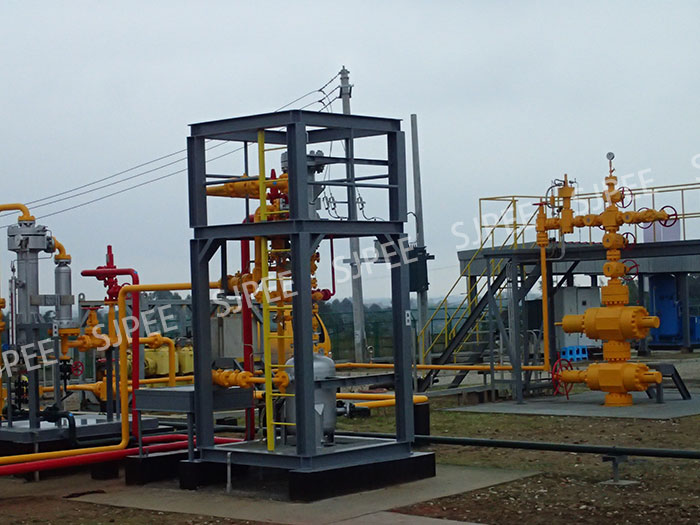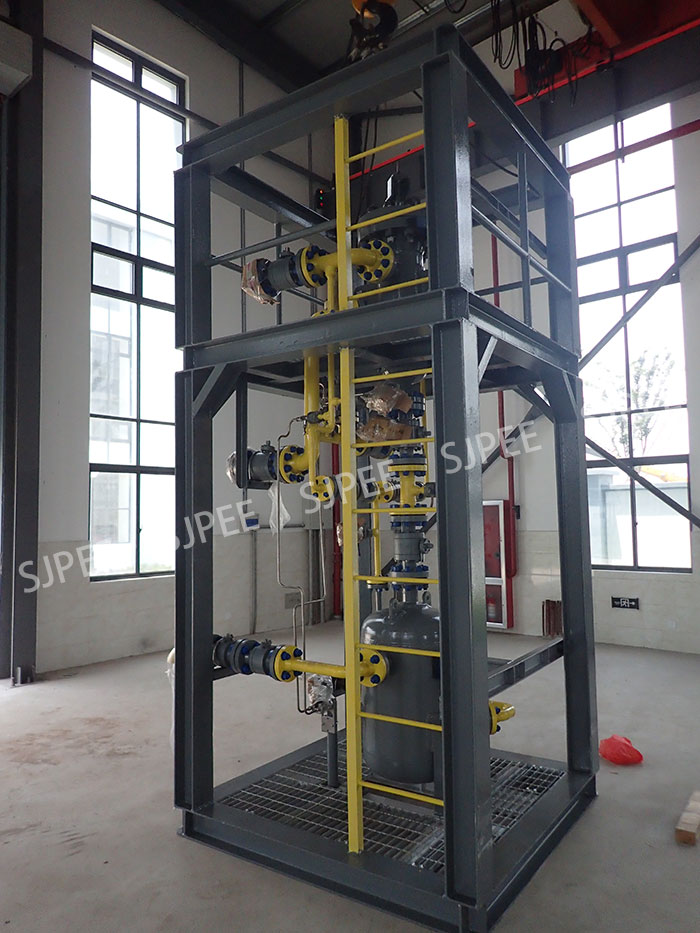
On October 23, according to information from Sinopec’s news office, the Qiluye-1 well, a risk exploration well deployed by Sinopec Exploration Company in Qijiang District, Chongqing, achieved high-yield shale oil and gas flows during testing, with a daily production of 38.64 cubic meters of oil and 10,000 cubic meters of natural gas. A regional comprehensive evaluation based on this well indicates that Sinopec has discovered a new shale oil reserve site in the Sichuan Basin with resources reaching the 100-million-ton scale. This discovery holds strategic significance for shale oil exploration and development in Southwest China.
As an unconventional oil and gas resource, shale oil holds broad development prospects and serves as a crucial replacement to ensure long-term stable crude oil production in China. In 2022, Sinopec discovered the Qijiang shale gas field—a large, integrated mid-deep to deep shale gas field with reserves of hundreds of billions of cubic meters. In the same year, the company initiated a new round of fundamental research on shale oil. This effort led to the successful identification of a new large, integrated shallow to mid-depth shale oil target in the Qijiang New Area, where the risk exploration well—Qiluye-1—was deployed and drilled. The high-yield oil and gas flows now tested in this well have expanded the types of unconventional resources in the Qijiang region. Together with the Qijiang shale gas field discovered in 2022, it forms a “gas below, oil above” stacked reservoir configuration. This breakthrough further advances the strategic new landscape of “simultaneous oil and gas development” in the Sichuan Basin.

During the deployment and implementation of the Qiluye-1 well, Sinopec established a geology-engineering integrated task force. The team developed key targeted technologies, including “sweet spot” prediction, drilling, and fracturing techniques, enabling the safe and efficient completion of the drilling operation. The well achieved a horizontal section length exceeding 2,000 meters, with a 100% encounter rate of high-quality shale, ultimately leading to high-yield flows during testing of the exploration well.
Sinopec has consistently intensified shale oil exploration and development, having confirmed three new large-scale shale oil fields: Xinxing, Qintong, and Fuxing.
The Xinxing Oilfield, located in the Jiyang Depression of the Bohai Bay Basin, successfully submitted over 140 million tons of proven geological shale oil reserves in 2025.
The Qintong Oilfield, located in the Subei Basin, successfully submitted 40.02 million tons of proven geological shale oil reserves in 2025.
The Fuxing Oilfield, located on the southeastern margin of the Sichuan Basin, successfully submitted 20.1006 million tons of proven geological oil reserves and 12.352 billion cubic meters of proven geological natural gas reserves in 2025.
In 2024, Sinopec’s annual shale oil production reached 705,000 tons, an increase of 308,000 tons from the previous year, contributing significantly to safeguarding national energy security.

Shale gas production requires essential sand removal equipment like desanders.
Shale gas desanding refers to the process of removing solid impurities such as sand grains, fracturing sand (proppant), and rock cuttings from shale gas streams (with entrained water) through physical or mechanical methods during shale gas extraction and production.
As shale gas is primarily obtained through hydraulic fracturing technology (fracturing extraction), the returned fluid often contains large amounts of sand grains from the formation and residual solid ceramic particles from fracturing operations. If these solid particles are not completely separated early in the process flow, they would cause severe erosion to pipelines, valves, compressors and other equipment, or lead to pipeline blockages in low-lying sections, clogging of instrument pressure guide pipes, or trigger production safety incidents.
SJPEE’s shale gas desander delivers exceptional performance with its precision separation capability (98% removal rate for 10-micron particles), authoritative certifications (DNV/GL-issued ISO certification and NACE anti-corrosion compliance), and long-lasting durability (featuring wear-resistant ceramic internals with anti-clogging design). Engineered for effortless efficiency, it offers easy installation, simple operation and maintenance, along with extended service life – making it the optimal solution for reliable shale gas production.

Our company is continuously committed to developing more efficient, compact, and cost-effective desander while also focusing on environmentally friendly innovations.
Our desanders come in a wide variety of types and have extensive applications. In addition to shale gas desanders, such as High-efficiency Cyclone Desander, Wellhead Desander, Cyclonic Well stream crude Desander With Ceramic Liners, Water injection Desander,Natural Gas Desander, etc.
SJPEE’s desanders have been used on wellhead platforms and production platforms in gas and oil fields such as CNOOC, PetroChina, Malaysia Petronas,Indonesia, the Gulf of Thailand, and others. They are used to remove solids in gas or well fluid or produced water, as well as seawater solidification removal or production recovery. Water injection and water flooding to increase production and other occasions.
This premier platform has positioned SJPEE as a globally recognized solution provider in solid control & management technology. We always prioritize our customers’ interests and pursue mutual development with them.
Post time: Nov-06-2025
